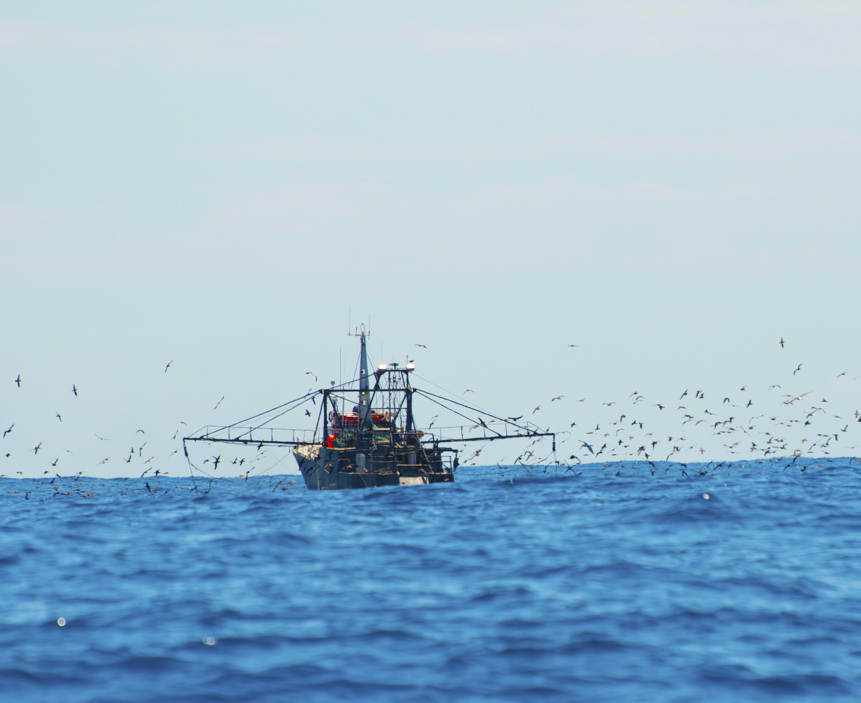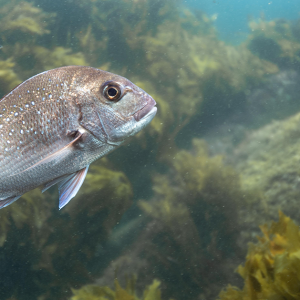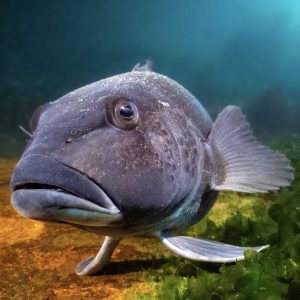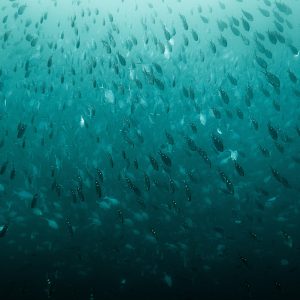People with coastal properties can expect to see more trawlers operating offshore this summer. That’s because Shane Jones, the Minister for Oceans and Fisheries, has just increased the catch limits for more than 12 different fish stocks between Northland and Foveaux Strait.
“Excessive increases to the total allowable commercial catch for snapper, kingfish, Jack mackerel, rig, leatherjackets and elephantfish will ultimately result in more trawling. Our marine ecosystems are already under significant pressure from warming waters, excessive harvest and land based run-off. The last thing we need to be doing is inflicting more damage on the seabed,” said LegaSea Project Lead Sam Woolford.
The Minister’s decision to increase catch limits is not surprising. Jones, ex-chairman of Sealord, has previously and publicly articulated his intentions to increase New Zealand’s seafood exports.
“The consequence of increasing catch limits is more trawling. The science shows how damaging trawling is, yet the Minister has effectively given the go ahead to increased trawling. It’s obvious that the decisions weren’t made in the long-term interests of Kiwis and the marine environment, especially our endangered Māui dolphin and seabirds”, said President of the New Zealand Sport Fishing Council, Scott Macindoe.
Amongst the 20 fish stocks reviewed, west coast snapper, kingfish, and Jack mackerel have some of the most significant TACC increases.
LegaSea and the New Zealand Sport Fishing Council raised concerns in July that Fisheries New Zealand’s proposed large increases to commercial catch limits would inevitably mean more bycatch of species already under pressure such as trevally, red gurnard, John dory and tarakihi.
“It’s about looking at the ecosystem from a bird’s eye view to understand the full impacts that an increase in catch may have on the entire ecosystem, not just a couple species. Unfortunately, the outdated Quota Management System works on a single-species level,” added Sam Woolford.
Fisheries New Zealand did not provide the Minister sufficient advice on the impacts that increasing the catch limits will have on depleting other species. Due to this lack of information, recreational interests encouraged the Minister to make precautionary decisions to prevent long-term damage to fish populations.
“We all want to pass on a healthy fishery to our children and their children and that means transitioning to more selective fishing methods and protecting the seabed – longlining is a low-impact alternative to trawling,” added Scott Macindoe.
The Fisheries Act requires the Minister to take into account any past, present or future effects of fishing on any fish stock and the marine environment. While the use of destructive bulk harvesting methods is still permitted under the Quota Management System, broader consideration needs to be given to all the sea life that will be affected now that the Minister has increased these catch limits.





